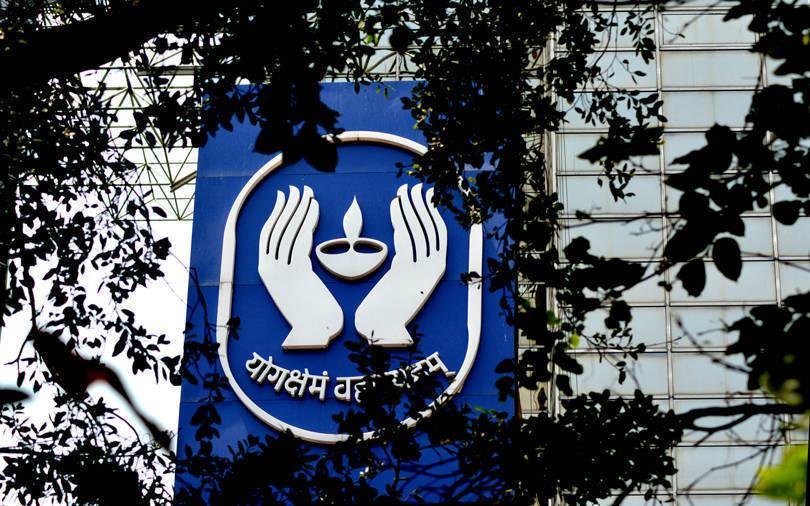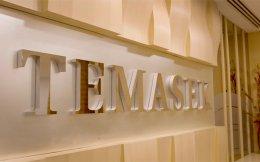The subscription for India’s biggest initial public offer ever - of Life Insurance Corp of India - reached the milestone of 100% on Thursday, the second day of the public offer as policyholders and retail investors continued to lead the demand for the insurer’s shares.
On Wednesday, the share sale had been subscribed 67%. The LIC share sale closes on 9 May, running longer than other initial share sales which are open for three days.
Subscription to the share sale will also be open on Saturday, 7 May. LIC’s shares will list on the stock exchanges on 17 May.
The price band for the share sale has been fixed at Rs 902-949 per share. Retail investors and LIC employees have been offered a discount of Rs 45 per share, while policyholders have been offered a discount of Rs 60 per share.
The portion of the share sale reserved for institutional investors was subscribed 40% as of the second day of bidding. To be sure, while the IPO has been subscribed 100% currently on the back of policyholder and retail categories, it needs to achieve a minimum subscription of 90% in the institutional investor category to close successfully.
The policyholders portion saw the most demand, with the segment getting oversubscribed at 3 times. The retail investor portion was subscribed 91%, while the portion reserved for high net-worth individuals was subscribed 45%, as per data from stock exchanges.
Analysts at Axis Securities said in a report that LIC would trade at attractive valuations as at the upper end of the price band, the stock would trade at around 1.1x market cap/EV (H1 FY22 embedded value) as against the industry average of around 3x.
“Given the under-penetration of life insurance in India, the higher protection gap, and the improving financialization of savings, we expect LIC to maintain its market leadership position adequately supported by good business traction. Furthermore, LIC intends to increase its share of high-margin non-par products to improve its margins which will augur well for the company over the long term. Additionally, the company’s NBP/APE (New business premium/ Annual premium equivalent) growth has witnessed a strong rebound, enabling it to gain market share in Q4FY22,” the report added.
The Indian government is offloading a 3.5% stake in the share sale for a total of Rs 21,000 crore. Earlier on Monday, LIC raised Rs 5,627 crore through allocation of shares to so-called anchor investors.
The strong demand from policyholders and retail investors is in line with the trend witnessed in the anchor subscription, where domestic institutional investors came out in strong support of LIC.
Domestic mutual funds subscribed to 74% of the share offered in the anchor allocation, even as foreign institutional investors largely stayed away, subscribing to just 17.7% of the anchor allocation.
The mutual fund subscription was led by fund houses of State Bank of India, ICICI and HDFC. Amongst FIIs, the biggest investors included BNP Investments, Government Pension Fund Global and Government of Singapore.
While the government had initially planned to sell 5% stake in LIC, the issue size was reduced to 3.5% and the valuation was also lowered to Rs6 trillion, keeping in mind the current market environment, where markets have been volatile on account of the Russia-Ukraine war, global inflationary concerns and rising interest rates, leading to FII outflows from emerging markets such as India.
“This is the right size considering the current capital market environment and will not crowd out capital and monetary supply, given the current environmental constraints,“ Tuhin Kanta Pandey, secretary for the Department of Investment and Public Asset Management (Dipam), said at a press conference in Mumbai last week.
“Valuation flows from optimizing positioning, devising the best marketing strategy, accessing investors in the right way and right sequence, structuring the deal appropriately and selecting the optimal market window,” he added.







